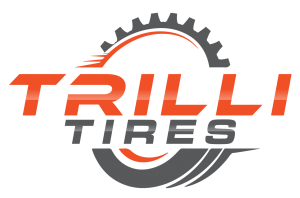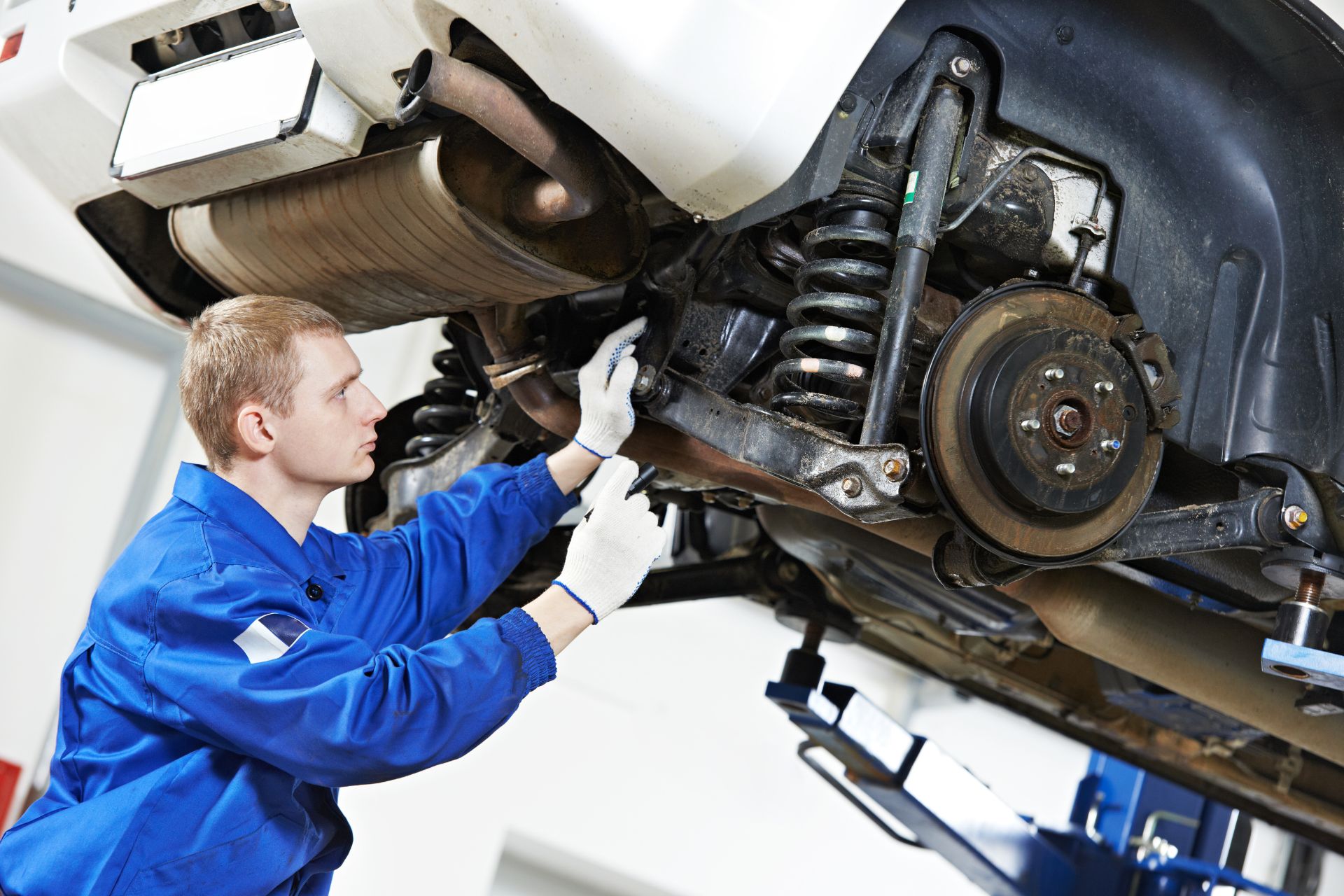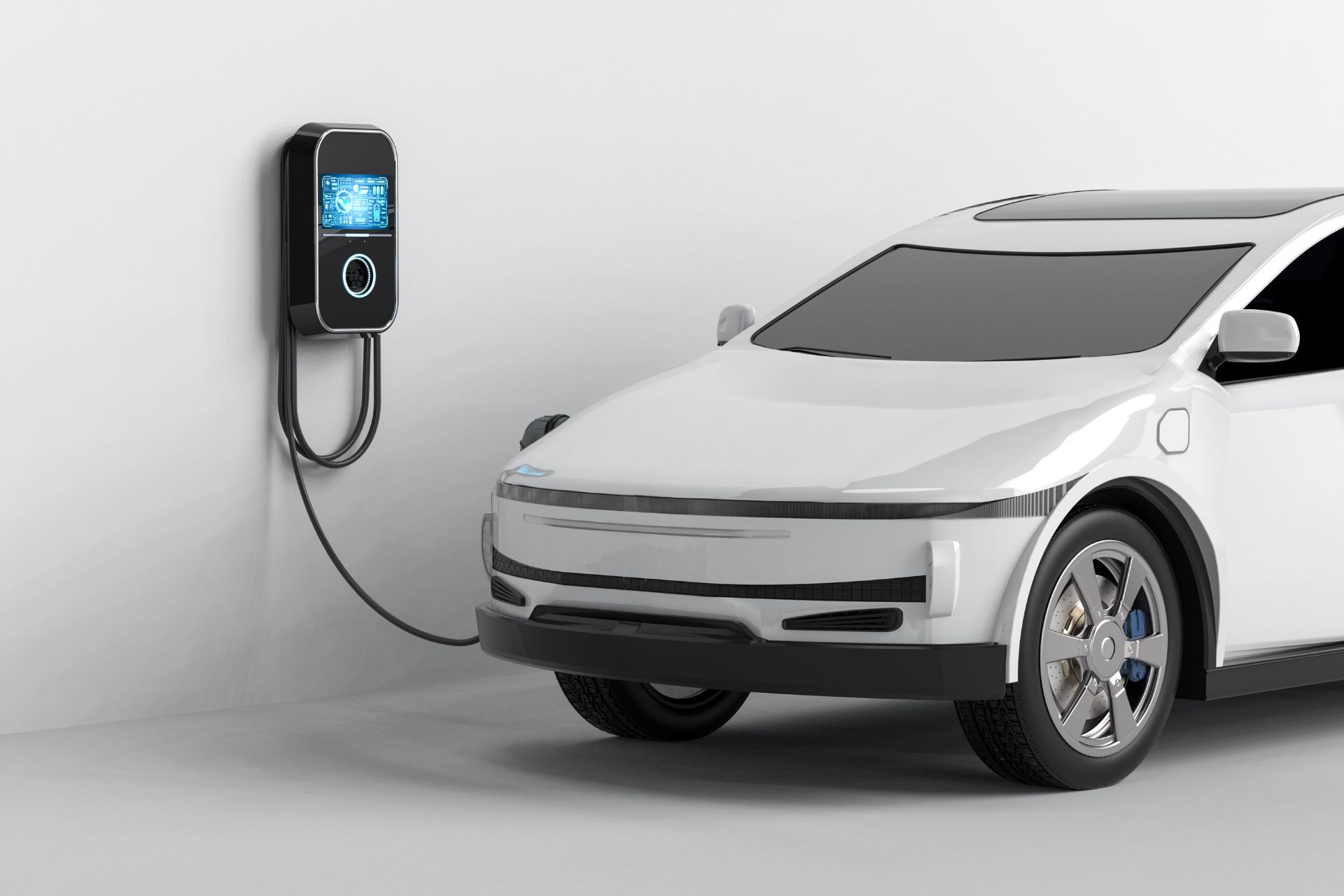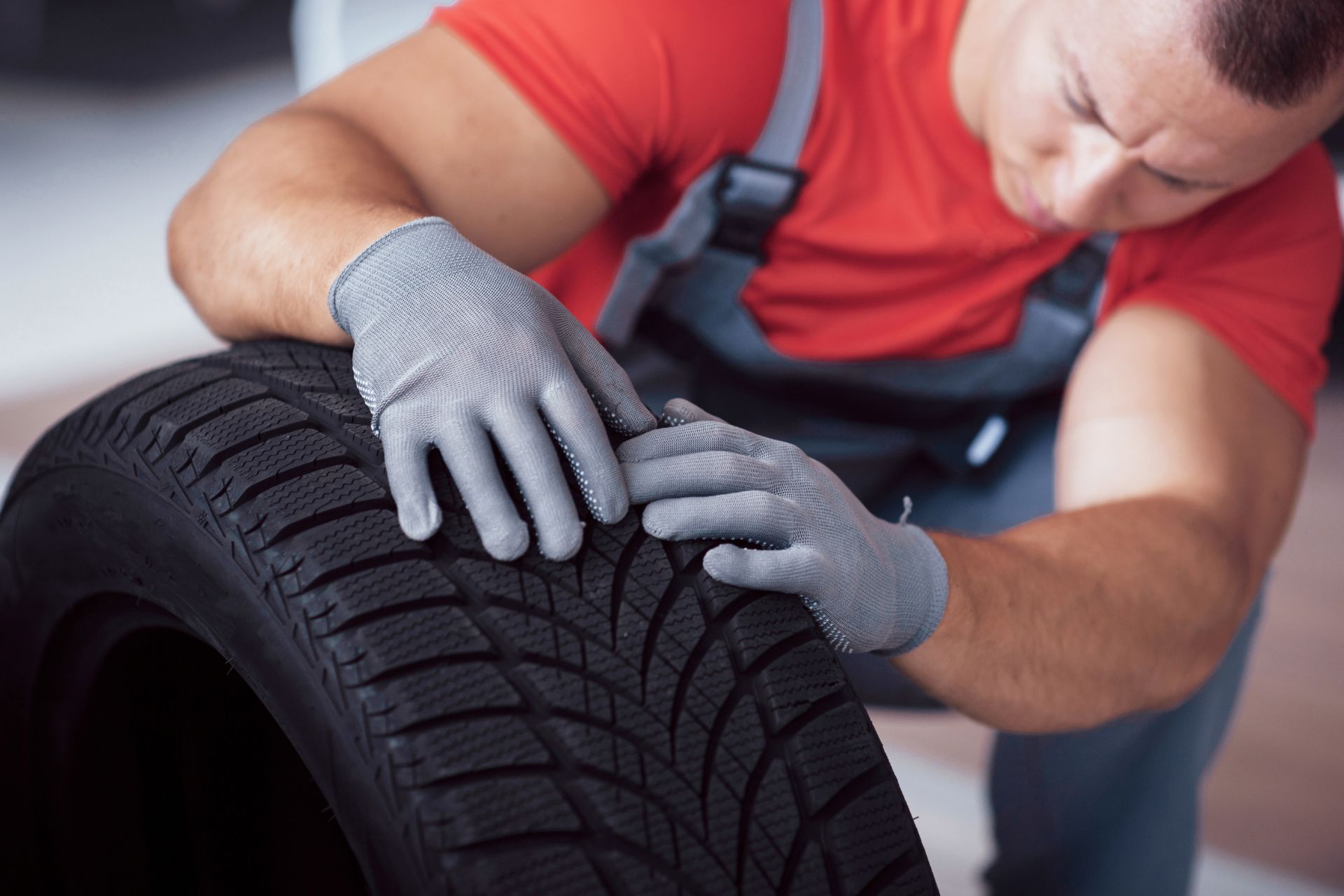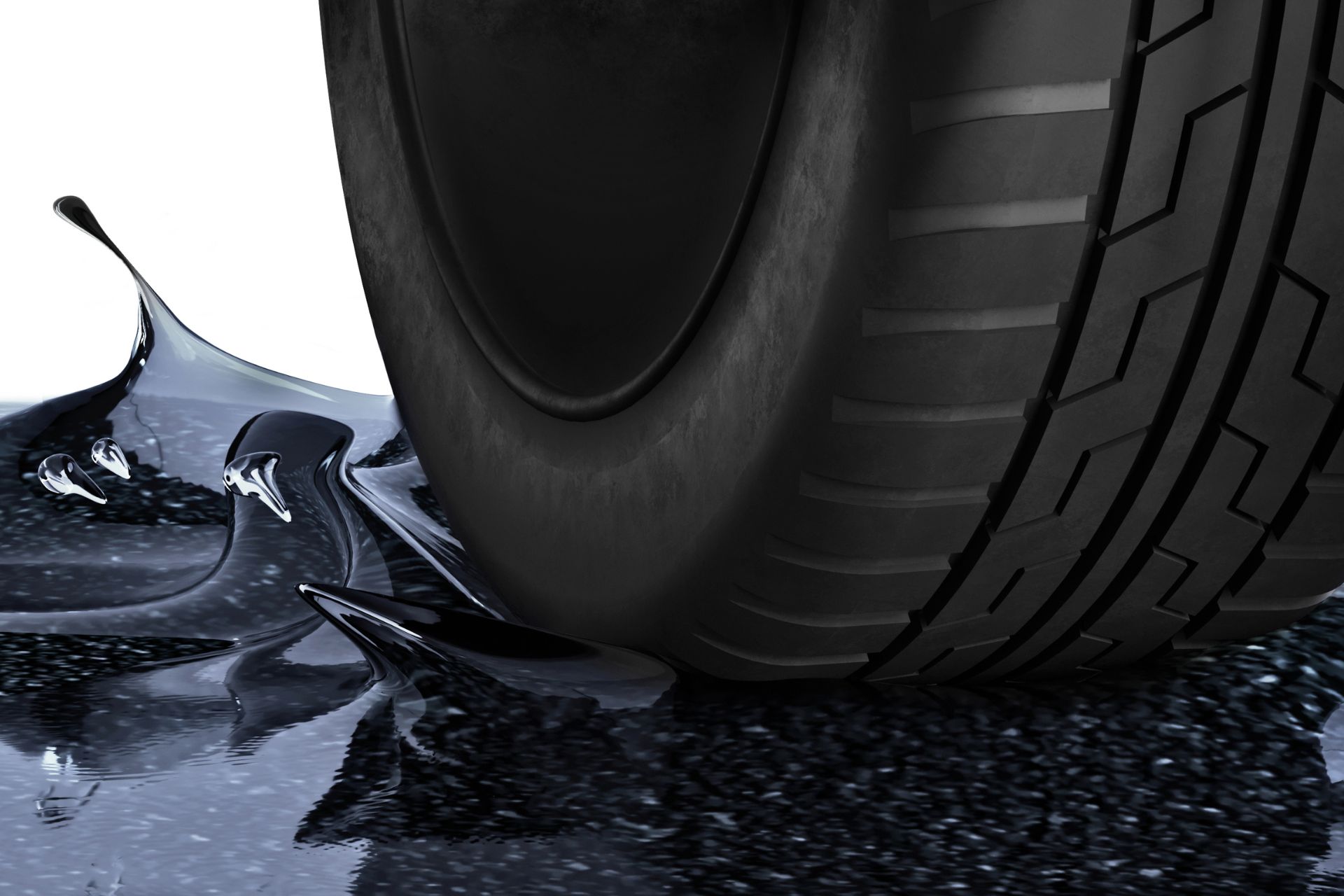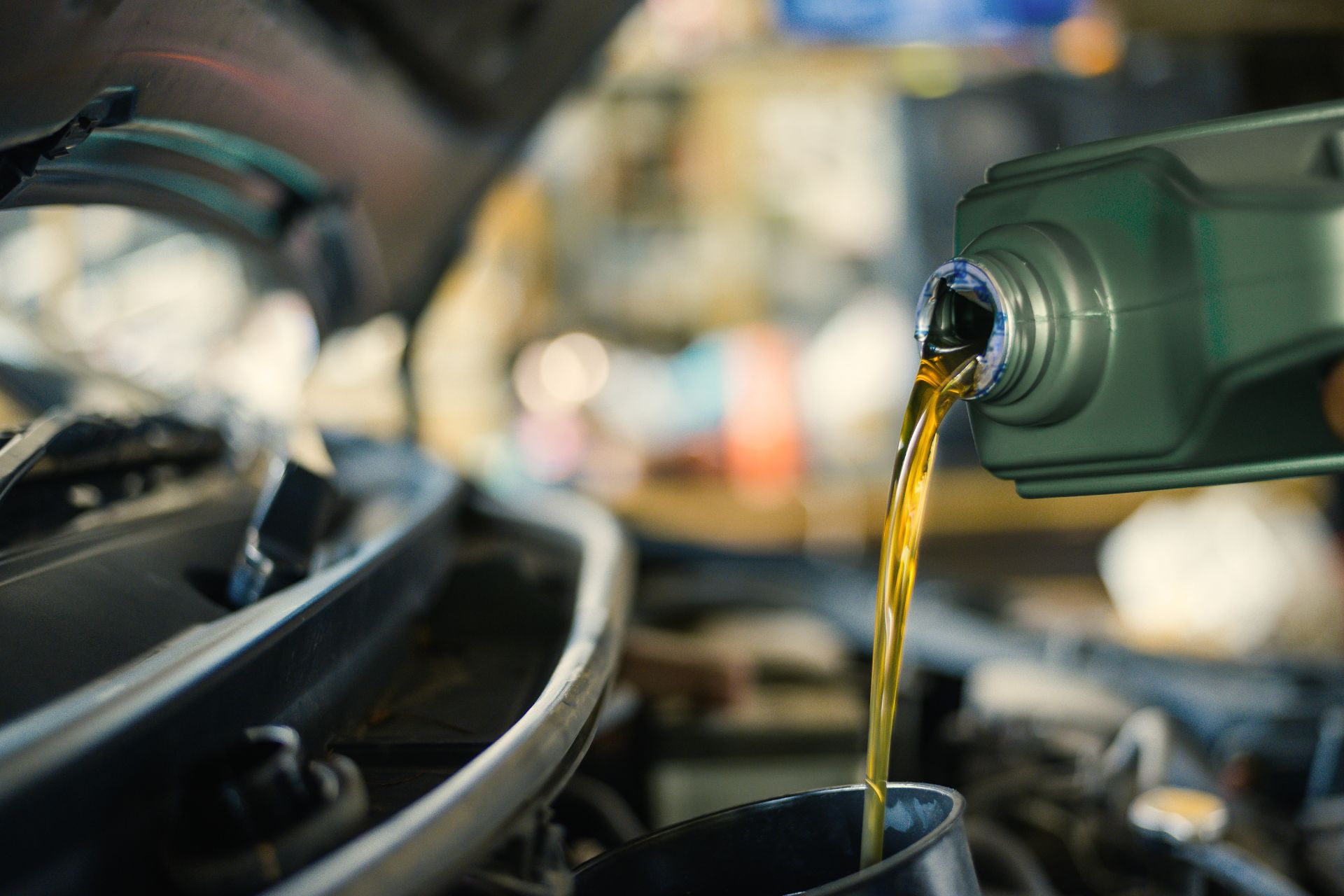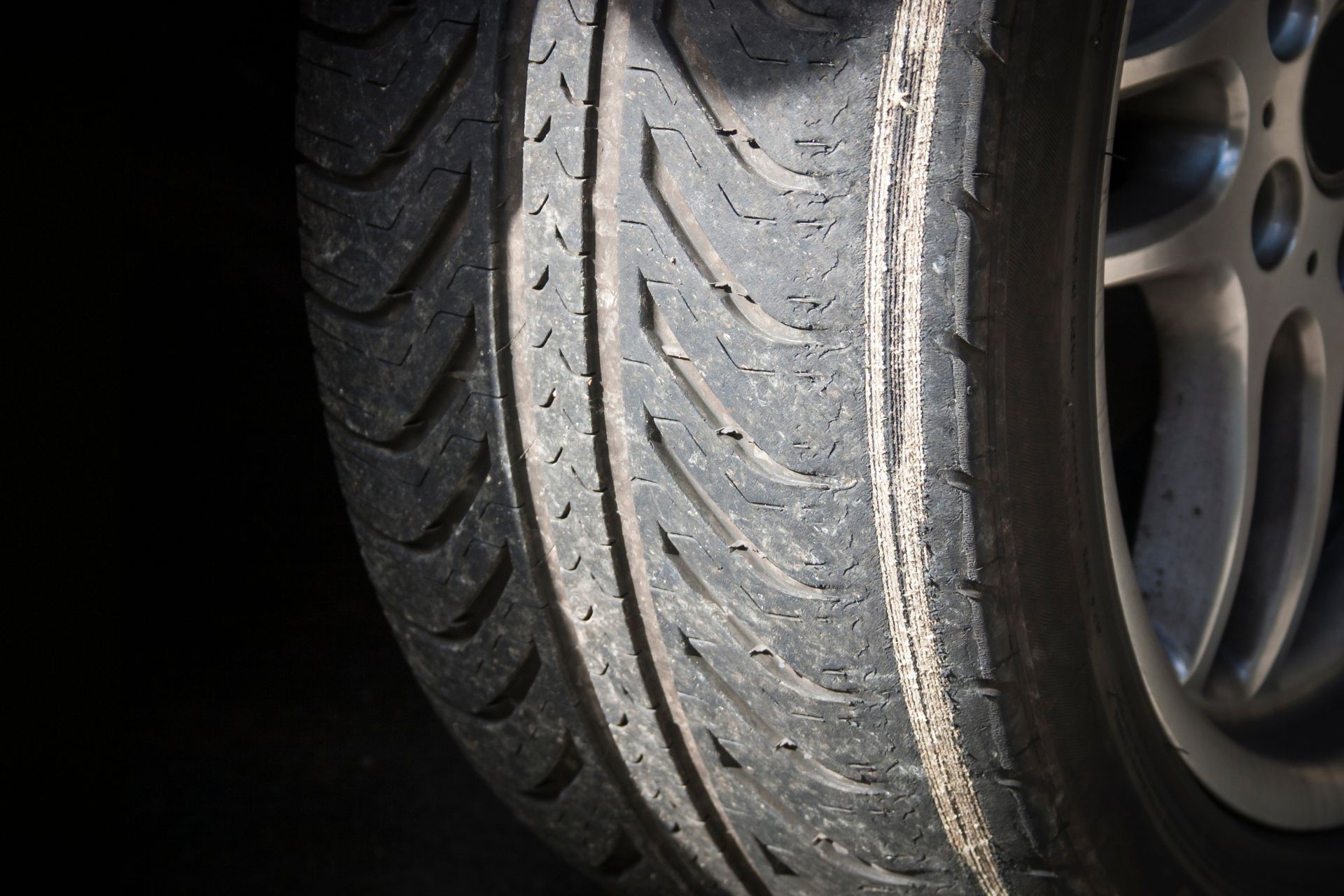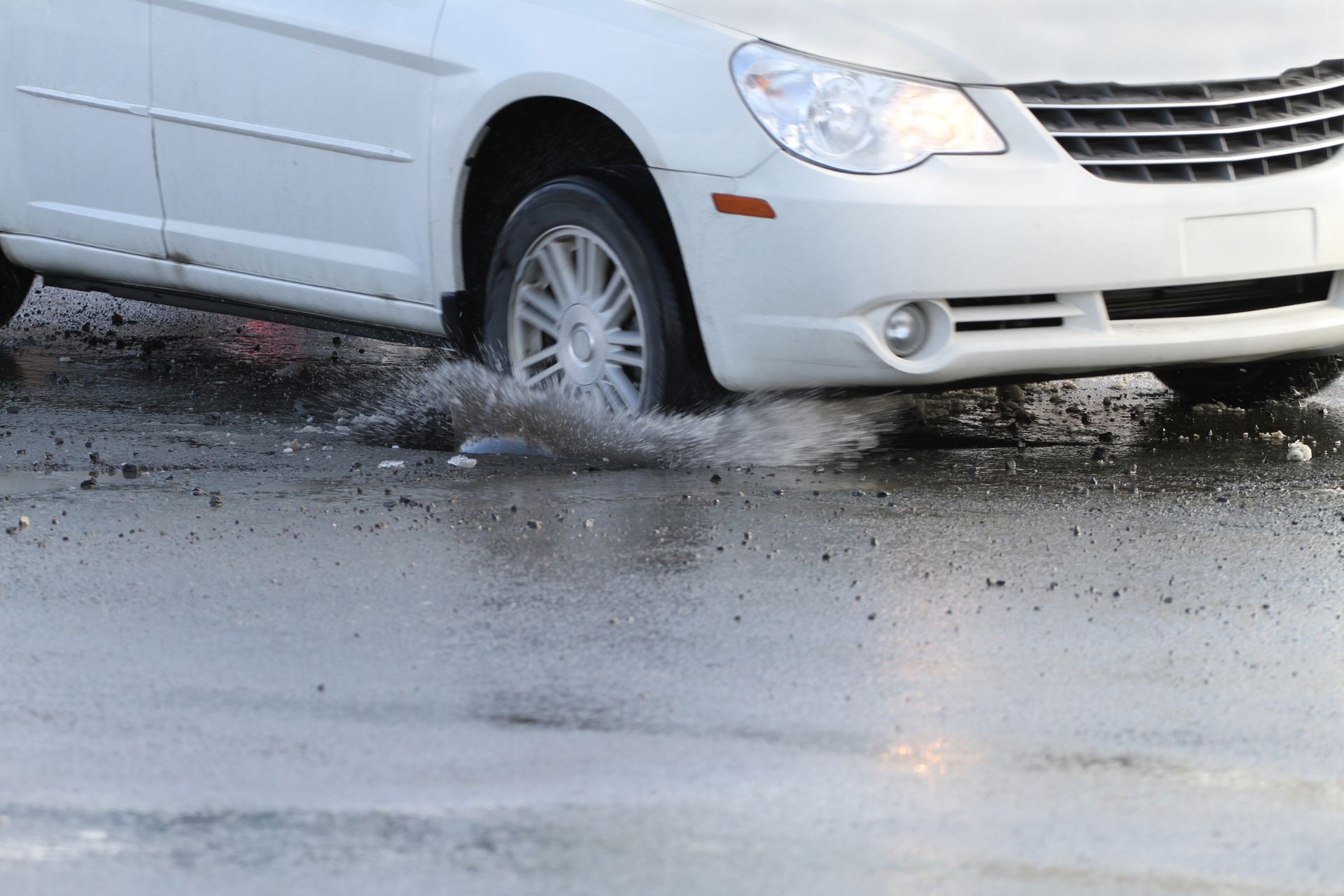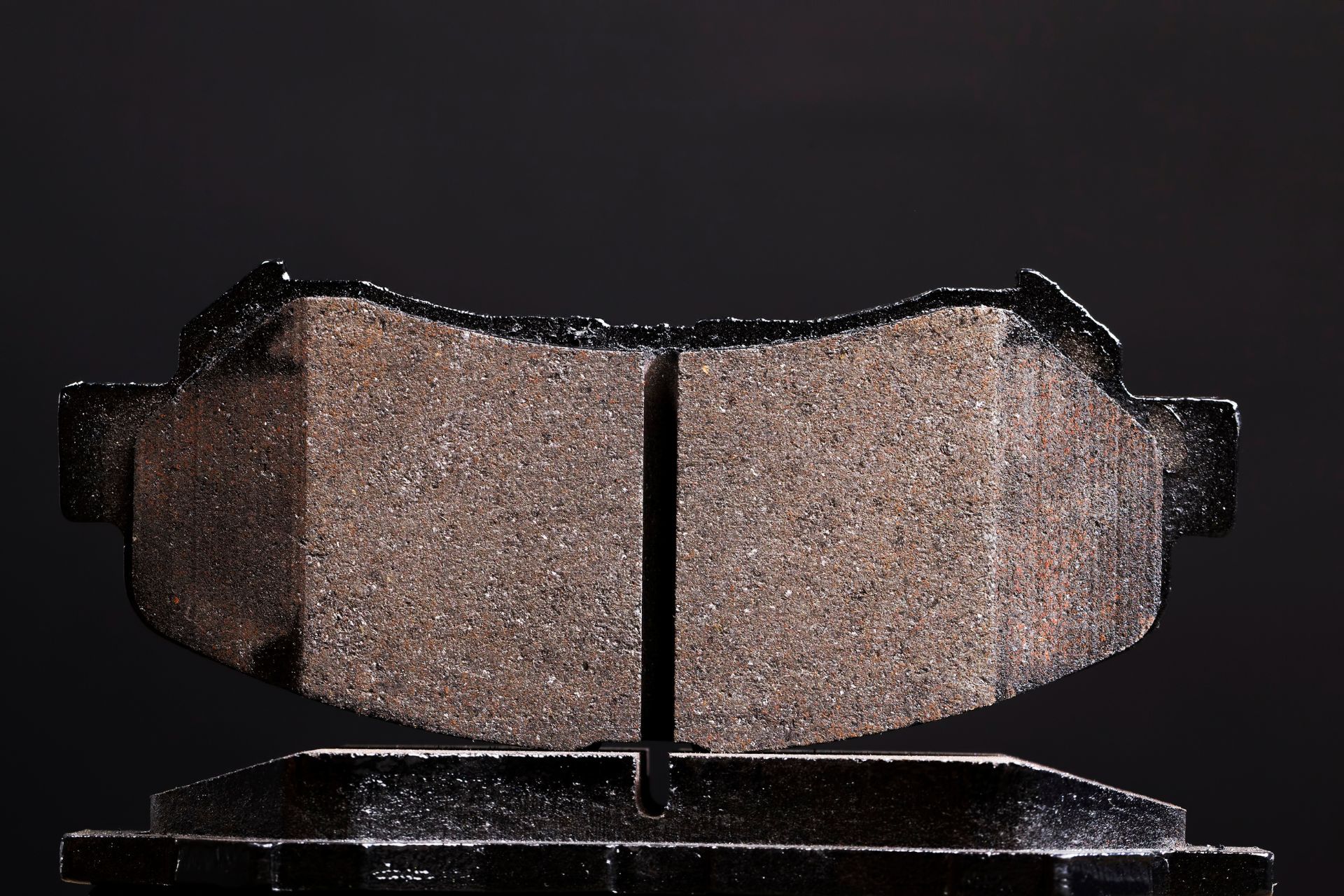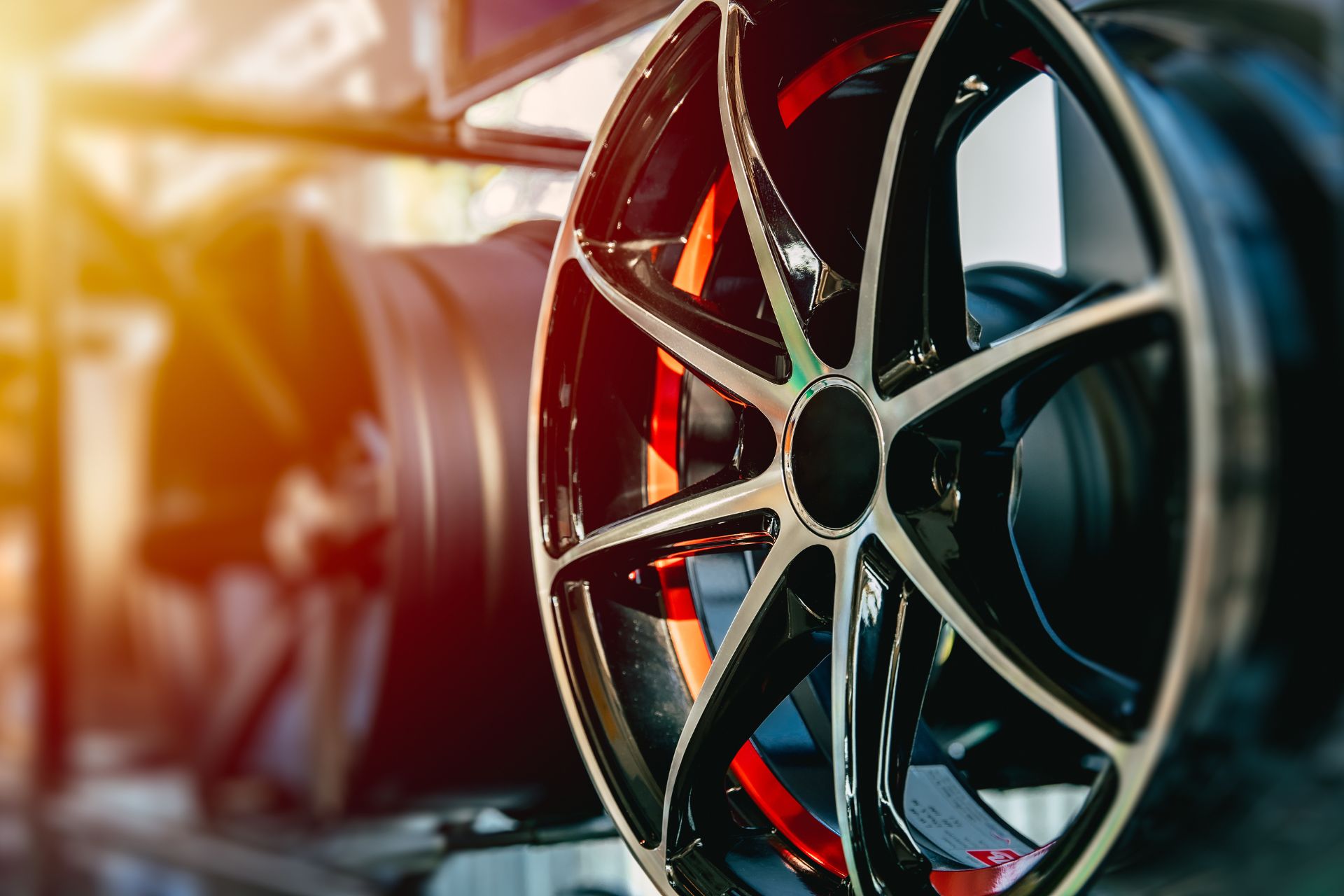Maintaining your vehicle’s suspension system is vital for ensuring a smooth and safe driving experience. The suspension system, which includes components like shocks, struts, and springs, plays a critical role in absorbing road impacts and providing stability. Regular suspension service is essential to keep these components in optimal condition, ensuring your vehicle performs at its best. In this article, we’ll explore the importance of suspension service and how it contributes to your vehicle’s overall performance and safety.
Understanding Your Vehicle’s Suspension System
The Role of the Suspension System
The suspension system is designed to maximize the friction between the tires and the road surface, providing steering stability and handling comfort. It absorbs the energy from road bumps, potholes, and other irregularities, ensuring that the vehicle remains stable and the ride quality is smooth.
Key Components of the Suspension System
The main components of the suspension system include:
- Shocks and Struts: These dampen the movement of the springs and prevent the vehicle from bouncing excessively.
- Springs: These support the weight of the vehicle and absorb shocks from road surfaces.
- Control Arms: These connect the suspension system to the vehicle’s frame, allowing for controlled movement.
- Ball Joints and Bushings: These provide pivot points and cushioning, ensuring smooth movement and reducing friction.
The Importance of Regular Suspension Service
Enhancing Vehicle Stability and Control
A well-maintained suspension system ensures that your vehicle remains stable and controllable under various driving conditions. Worn-out shocks and struts can lead to excessive body roll, making it difficult to control the vehicle during sharp turns or sudden maneuvers. Regular suspension service helps maintain optimal stability and control, enhancing your driving safety.
Improving Ride Comfort
One of the primary functions of the suspension system is to provide a comfortable ride by absorbing road impacts. When the suspension components are in good condition, they effectively dampen the shocks from bumps and potholes, ensuring a smooth ride. Regular service ensures that these components are functioning correctly, providing a comfortable driving experience.
Preventing Uneven Tire Wear
Worn or damaged suspension components can lead to uneven tire wear, reducing the lifespan of your tires and affecting your vehicle’s handling. Regular suspension service helps identify and address issues that can cause uneven tire wear, ensuring that your tires wear evenly and last longer.
Protecting Other Vehicle Components
A faulty suspension system can cause additional strain on other vehicle components, such as the steering system and tires. Over time, this can lead to more significant and costly repairs. Regular suspension service helps prevent this by keeping the suspension components in good working order, protecting other parts of your vehicle.
Signs Your Vehicle Needs Suspension Service
Unusual Noises
If you hear clunking, knocking, or squeaking noises when driving over bumps, it may indicate worn or damaged suspension components. These noises are often a sign that parts like shocks, struts, or bushings need to be inspected and possibly replaced.
Excessive Bouncing or Swaying
If your vehicle bounces excessively after hitting a bump or sways more than usual during turns, it could be a sign of worn-out shocks or struts. This can significantly affect your vehicle’s handling and stability, making it essential to have your suspension system checked.
Uneven Tire Wear
As mentioned earlier, uneven tire wear is a common sign of suspension problems. If you notice that your tires are wearing out more quickly on one side than the other, it’s time to schedule a suspension service.
Steering Issues
Difficulty in steering or a feeling of looseness in the steering wheel can indicate problems with the suspension system. This can be caused by worn control arms, ball joints, or bushings, all of which need to be inspected and serviced regularly.
Vehicle Pulling to One Side
If your vehicle pulls to one side while driving, it could be due to alignment issues caused by a faulty suspension system. Regular suspension service includes alignment checks to ensure that your vehicle drives straight and true.
The Suspension Service Process
Inspection and Diagnosis
During a suspension service, a qualified technician will inspect all the components of the suspension system, including shocks, struts, springs, control arms, ball joints, and bushings. They will look for signs of wear, damage, or leakage and diagnose any issues that need to be addressed.
Component Replacement
If any suspension components are found to be worn or damaged, they will be replaced with new parts. This may include shocks, struts, springs, control arms, or bushings. Replacing these components ensures that your suspension system functions correctly and provides optimal performance.
Wheel Alignment
Wheel alignment is a crucial part of suspension service. Misaligned wheels can cause uneven tire wear, poor handling, and increased fuel consumption. The technician will adjust the angles of the wheels to ensure they are aligned correctly, improving your vehicle’s performance and extending the life of your tires.
Test Drive
After servicing the suspension system, the technician will perform a test drive to ensure that the repairs have been successful and that the vehicle is handling and performing as expected. This final step ensures that your vehicle is safe and ready for the road.
Regular suspension service is crucial for maintaining your vehicle’s performance, safety, and comfort. By ensuring that your suspension system is in good condition, you can enjoy a smoother ride, better handling, and prolonged tire life. Don’t wait for signs of wear and tear to appear; schedule regular suspension service to keep your vehicle in top shape.
For expert suspension service, trust TrilliTires in Richmond Hill. Our skilled technicians will ensure your suspension system is performing at its best, providing you with a safe and comfortable driving experience. Visit us today for top-quality service and care.
